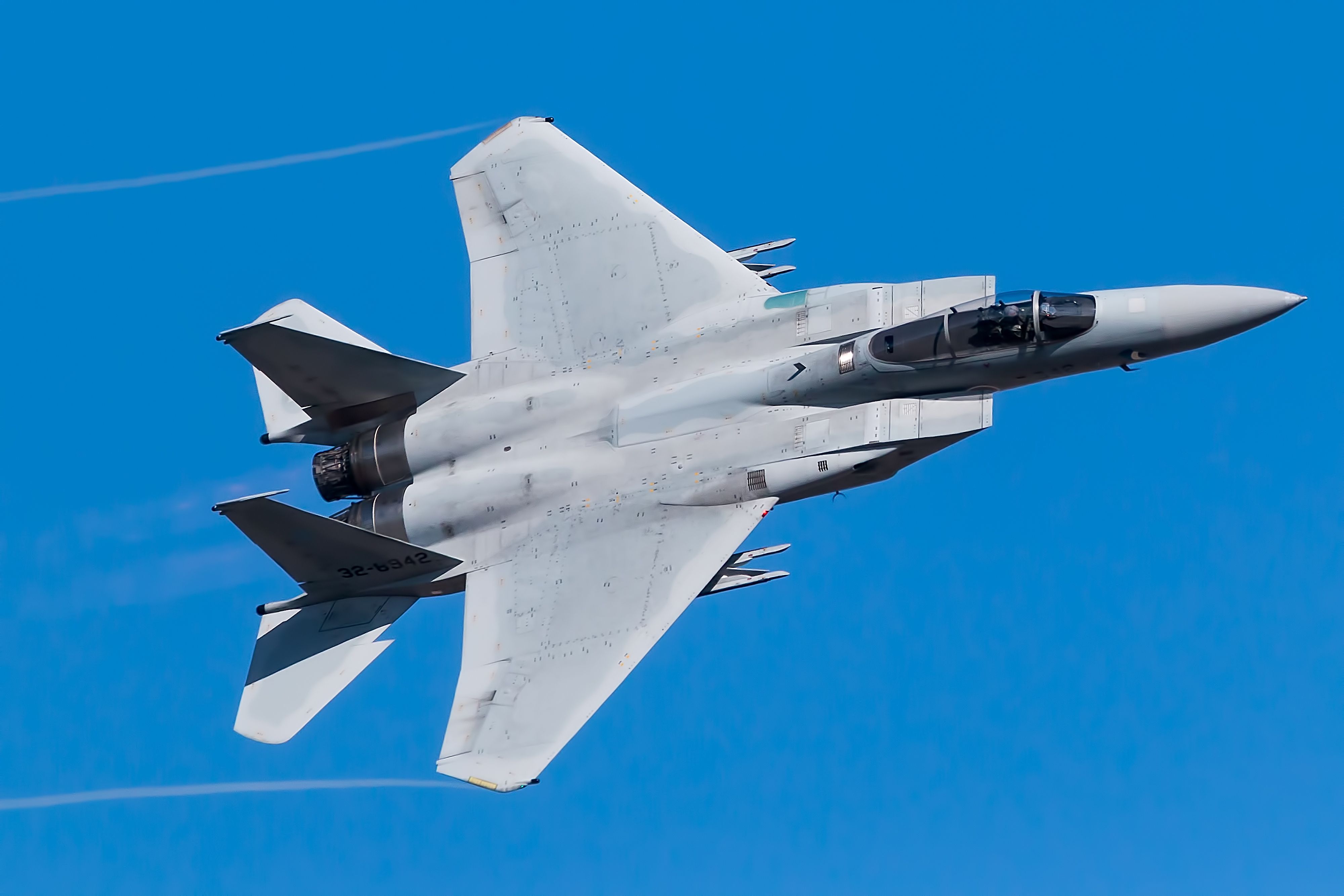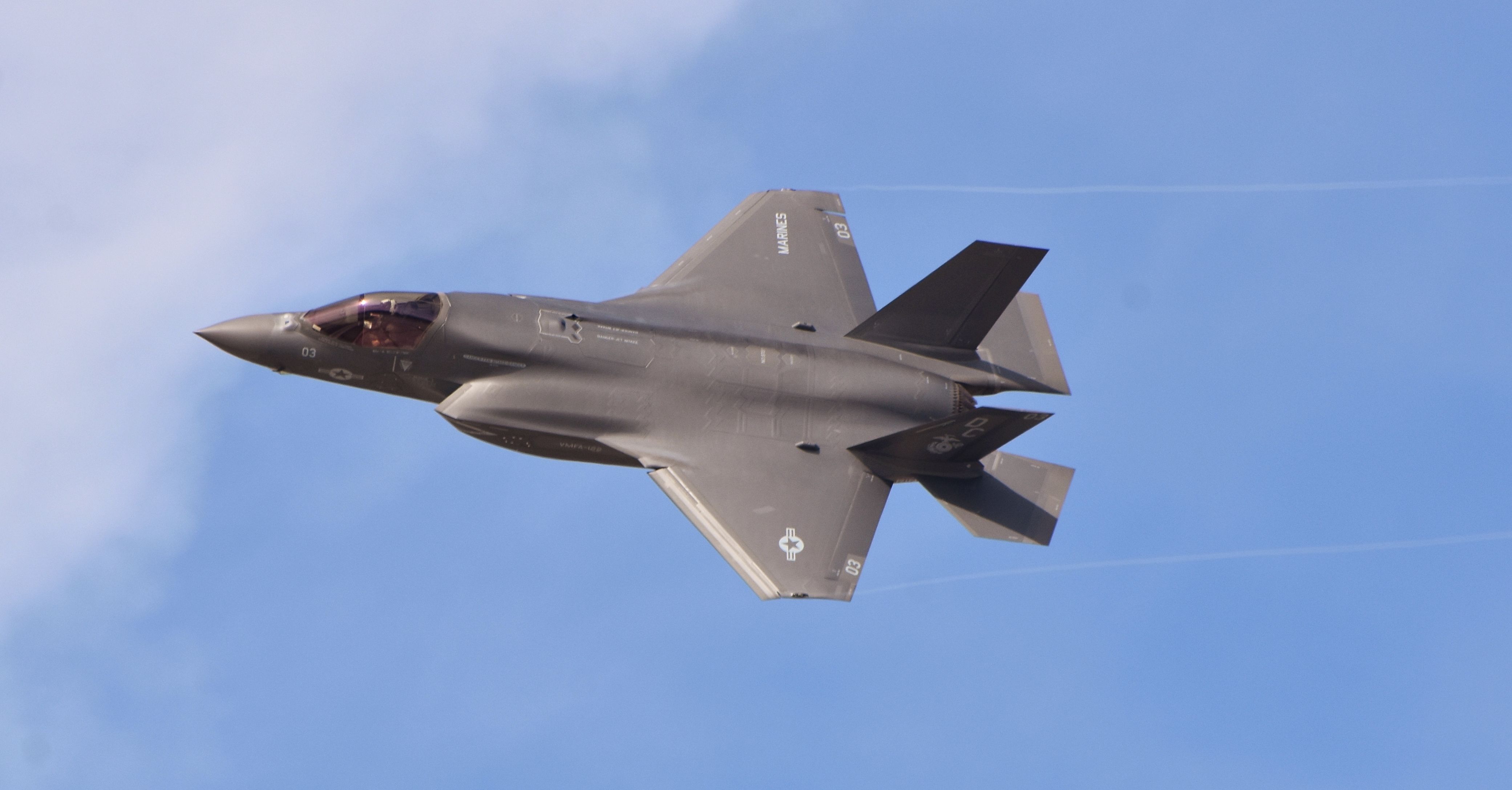Except for flying wings such as the B-2 Spirit Stealth Bomber, or a certain B-52H that sustained significant damage to the tail while flying (and landed safely), aircraft feature a vertical stabilizer. Generally, an aircraft’s empennage, also known as the tail assembly, comprises multiple parts and is designed to keep planes stable. One piece of the rear of an aircraft is its vertical stabilizer, for which there are several designs.
Notably, commercial airliners typically feature a single fin, though comparing passenger jets to military combat aircraft doesn’t quite make sense. Some fighters also have only one fin, although, especially from the World War II era, many have been produced with twin tail designs. As multiple combat jets from different manufacturers have used this kind of tail assembly over the years, there’s probably a good reason for it; as such, there are certain advantages and disadvantages to using a twin tail.
Enhanced control at high speeds
Firstly, as explained by NASA, fighter jets are fitted with one or more highly potent engines. These aircraft are incredibly capable, especially in terms of speed, and often able to push the limits of controlled flight. As a result, some may have two tails and rudders to provide extra control of the plane and keep them stable when reaching their maximum speeds.
Photo: Joonwoo Hwangbo | Shutterstock
This is not to say a single tail is especially inferior here; plenty of modern fighters use a single tail. Comparing the McDonnell Douglas F-15 Eagle and General Dynamics/Lockheed Martin F-16 Fighting Falcon, both are phenomenal products of engineering, while the former features a twin tail design and the latter a single tail.
They were designed at different times for different purposes; however, according to Diffen, the slightly older F-15 could fly up to Mach 2.5 at very high altitudes compared to the F-16’s Mach 2.0 at lower heights. Referring back to NASA, the two tails help stabilize the F-15 at such speeds. One of the areas where the F-16 shines is its ability to sustain high G maneuvers in an incredibly energy-efficient manner, certainly outclassing the F-15 in this regard.
An efficient design for specific purposes
Naval combat aircraft such as the Boeing F/A-18E and F Super Hornet or Lockheed Martin F-35 Lightning II have twin-tail designs. This may be a redundancy as they will be flown primarily around water where there aren’t as many readily available landing sites; if one is damaged, the other will still work well enough for some time.
Photo: Michael Fitzsimmons / Shutterstock.com
But since space is a concern with carrier-capable aircraft, the shorter tails standard on fighters with two vertical stabilizers is beneficial. Some carrier-based single-tail aircraft, like the S-3 Viking, were designed to have their wings and tail fold to take up less space overall.
Specifically for fighters that feature a bit of space between multiple engines, in case of a single engine failure, having two rudders can, again, help provide extra stability.
At the end of the day, the decision to feature one large vertical stabilizer or two smaller tails will depend on the design requirements and the kinds of missions each fighter is purposely built for. Sometimes it wouldn’t make sense to use such a design, but it definitely has its use cases.
Sources: NASA, Diffen, Aviation Stack Exchange





